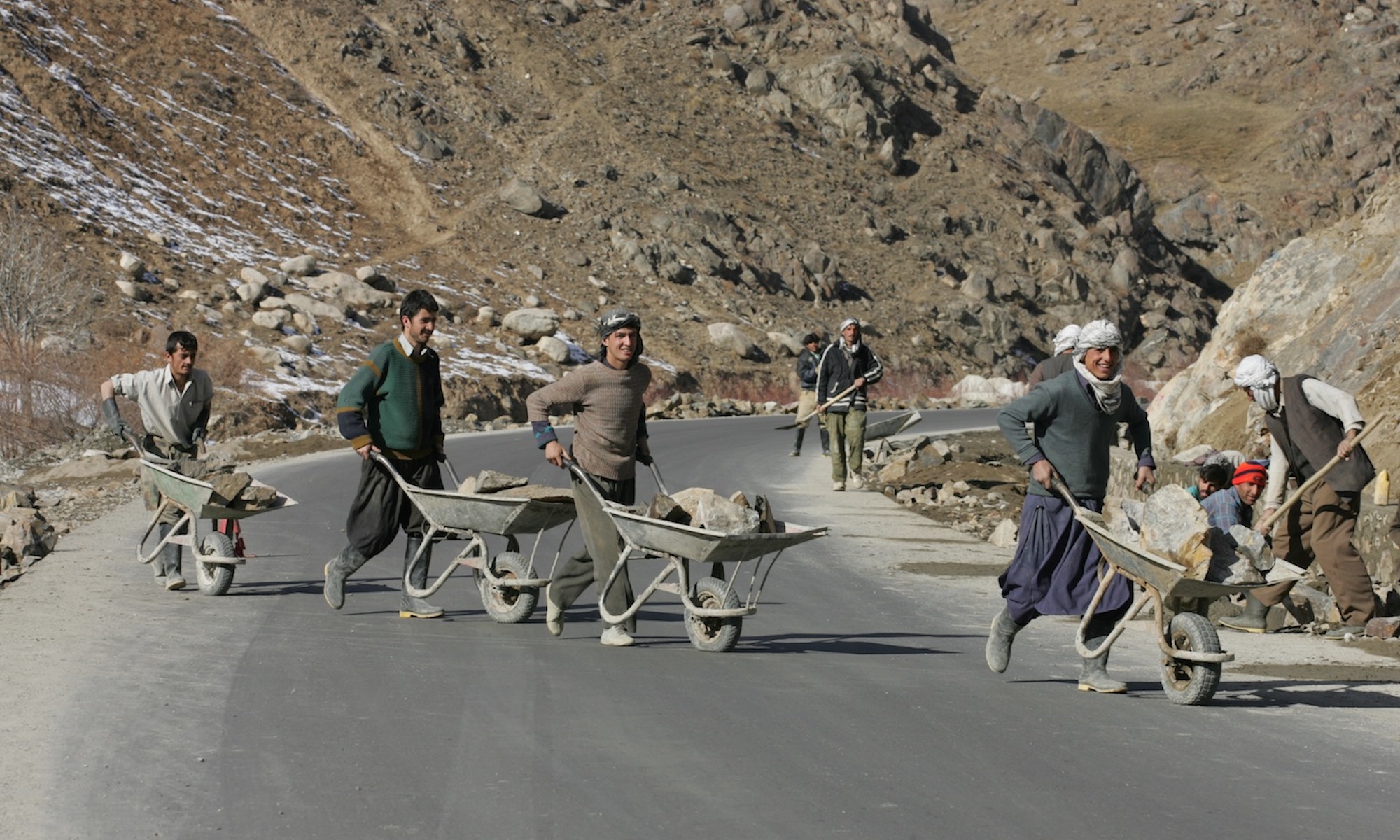Countries emerging from civil war attract both aid and policy advice. This paper provides the first systematic empirical analysis of aid and policy reform in the post-conflict growth process. It is based on a comprehensive data set of large civil wars and covers 27 countries that were in their first decade of post-conflict economic recovery during the 1990s. The authors first investigate whether the absorptive capacity for aid is systematically different in post-conflict countries. They find that during the first three post-conflict years, absorptive capacity is no greater than normal, but that in the rest of the first decade it is approximately double its normal level. So ideally, aid should phase in during the decade. Historically, aid has not, on average, been higher in post-conflict societies, and it has tended to taper out over the course of the decade. The authors then investigate whether the contribution of policy to growth is systematically different in post-conflict countries, and in particular, whether particular components of policy are differentially important. For this they use the World Bank policy rating database. The authors find that growth is more sensitive to policy in post-conflict societies. Comparing the efficacy of different policies, they find that social policies are differentially important relative to macroeconomic policies. However, historically, this does not appear to have been how policy reform has been prioritized in post-conflict societies.

INSCT Postconflict Research Database
The Institute for National Security and Counterterrorism's Postconflict Research Database & Analysis Project stores cross-indexed bibliographic information on hundreds of journal articles, books, book chapters, and case reports that address the broad, interdisciplinary fields of postconflict reconstruction, stabilization, and peacebuilding.